I would need to replace the strings contained within the curved brackets with the same strings but with an initial prefix and curly brackets \fill{(test_string)}. Is this possible?
Example:
Lorem ipsum dolor sit amet, consectetuer adipiscing elit, sed diam
nonummy nibh euismod tincidunt ut laoreet dolore.
(first_string)
Lorem ipsum dolor sit amet, consectetuer adipiscing elit, sed diam nonummy
nibh euismod tincidunt ut laoreet dolore.
(second_string)
Transform in:
Lorem ipsum dolor sit amet, consectetuer adipiscing elit, sed diam
nonummy nibh euismod tincidunt ut laoreet dolore.
\fill{(first_string)}
Lorem ipsum dolor sit amet, consectetuer
adipiscing elit, sed diam nonummy nibh euismod tincidunt ut laoreet dolore.
\fill{(second_string)}
